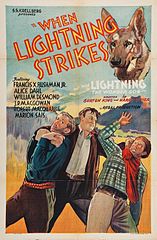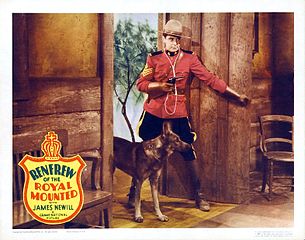
Warner Leroy Baxter was an American film actor from the 1910s to the 1940s. Baxter is known for his role as the Cisco Kid in the 1928 film In Old Arizona, for which he won the Academy Award for Best Actor at the 2nd Academy Awards. He frequently played womanizing, charismatic Latin bandit types in Westerns, and played the Cisco Kid or a similar character throughout the 1930s, but had a range of other roles throughout his career.
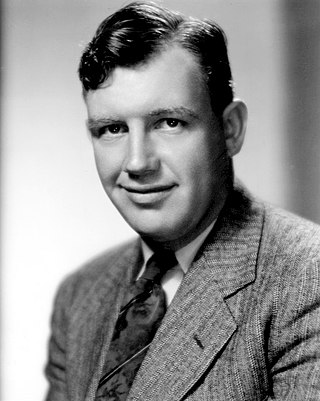
Andrew Vabre Devine was an American character actor known for his distinctive raspy, crackly voice and roles in Western films, including his role as Cookie, the sidekick of Roy Rogers in 10 feature films. He also appeared alongside John Wayne in films such as Stagecoach (1939), The Man Who Shot Liberty Valance, and How the West Was Won. He is also remembered as Jingles on the TV series The Adventures of Wild Bill Hickok from 1951 to 1958, as Danny McGuire in A Star Is Born (1937), and as the voice of Friar Tuck in the Disney Animation Studio film Robin Hood (1973).
Dudley Nichols was an American screenwriter and film director. He was the first person to decline an Academy Award, as part of a boycott to gain recognition for the Screen Writers Guild; he would later accept his Academy Award for Best Original Screenplay in 1938.
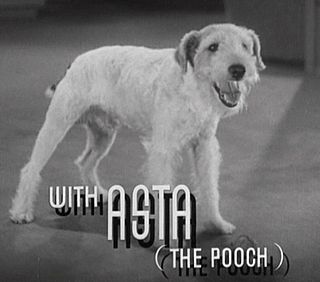
Skippy was a Wire Fox Terrier dog actor who appeared in dozens of movies during the 1930s. Skippy is best known for the role of the pet dog "Asta" in the 1934 detective comedy The Thin Man, starring William Powell and Myrna Loy, and for his role in the 1938 comedy Bringing Up Baby, starring Katharine Hepburn and Cary Grant. Due to the popularity of The Thin Man role, Skippy is sometimes credited as Asta in public and in other films.
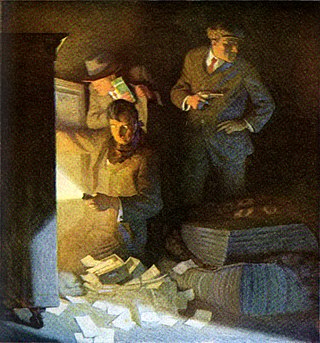
Boston Blackie is a fictional character created by author Jack Boyle (1881–1928). Blackie, a jewel thief and safecracker in Boyle's stories, became a detective in adaptations for films, radio and television—an "enemy to those who make him an enemy, friend to those who have no friend."

Shirley Temple (1928–2014) was an American child actress, dancer, and singer who began her film career in 1931, and continued successfully through 1949. When Educational Pictures director Charles Lamont scouted Meglan Dancing School for prospective talent, three-year-old student Temple hid behind the piano. Lamont spotted her and immediately decided she was the one he was looking for. Starting at $10 a day, she was eventually under contract for $50 per film. The production company generated its Baby Burlesks one-reeler film short satires of Hollywood films in 1931–1933, produced by Jack Hays and directed by Lamont. Temple made eight Baby Burlesks films, and 10 other short films, before being signed to star in feature-length motion pictures.

Selznick International Pictures was a Hollywood motion picture studio created by David O. Selznick in 1935, and dissolved in 1943. In its short existence the independent studio produced two films that received the Academy Award for Best Picture—Gone with the Wind (1939) and Rebecca (1940)—and three that were nominated, A Star Is Born (1937), Since You Went Away (1944) and Spellbound (1945).

The Big Broadcast of 1936 is a 1935 American comedy film directed by Norman Taurog, and is the second in the series of Big Broadcast movies. The musical comedy starred Jack Oakie, Bing Crosby, George Burns, Gracie Allen, Ethel Merman, The Nicholas Brothers, Lyda Roberti, Wendy Barrie, Mary Boland, Charlie Ruggles, Akim Tamiroff, Amos 'n' Andy, Bill "Bojangles" Robinson, and Argentinian tango singer Carlos Gardel.
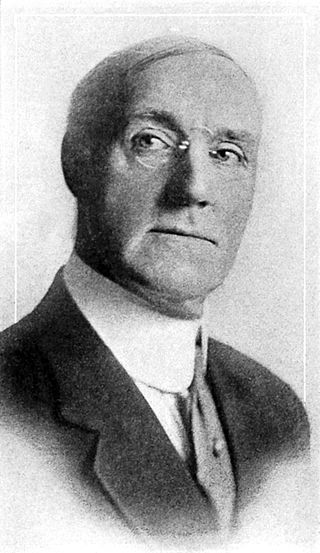
Thomas B. Ricketts was an English-born American stage and film actor and director who was a pioneer in the film industry. He portrayed Ebenezer Scrooge in the first American film adaptation of A Christmas Carol (1908), and directed one of the first motion pictures ever made in Hollywood. After directing scores of silent films, including the first film to be released by Universal Pictures, Ricketts became a prominent character actor.

Going Wild is a 1930 Warner Brothers pre-Code comedy film based on the 1910 play The Aviator by James Montgomery and directed by William A. Seiter. The film stars many musical stars along with Joe E. Brown, Frank McHugh and Johnny Arthur.

Claudette Colbert (1903–1996) was an American actress who won the Academy Award for Best Actress in It Happened One Night (1934). Born Émilie Claudette Chauchoin, she had early passions for a career in fashion design. Although she is more generally remembered for her film work, Colbert's show business career began on stage, and theatrical work remained part of her professional life for six decades. It was her friend, Anne Morrison, an aspiring playwright, who nudged her towards the acting profession. She chose the professional name of Claudette Colbert, using a family name three generations removed on her father's side.
Man's Best Friend is a 1935 feature film about the adventures of a boy and his dog Lightning. The film stars Douglas Haig, an American child actor of the 1920s and 1930s; Lightning, a grandson of Strongheart; Frank Brownlee; and Mary McLaren.

Lionel Barrymore was an American actor of stage, screen, and radio. He also directed several films, wrote scripts, created etchings, sketches, and composed music. He was the eldest child of the actors Maurice Barrymore and Georgie Drew Barrymore, and his two siblings were John and Ethel; these and other family members were part of an acting dynasty. Reluctant to follow his parents' career, Barrymore appeared together with his grandmother Louisa Lane Drew in a stage production of The Rivals at the age of 15. He soon found success on stage in character roles. Although he took a break from acting in 1906–1909 to train in Paris as a painter, he was not successful as an artist, and returned to the US and acting. He also joined his family troupe, from 1910, in their vaudeville act.

Tracked by the Police is a 1927 silent film produced and distributed by the Warner Bros. with a story written by Darryl Zanuck. It stars dog actor Rin Tin Tin. Ray Enright directed with 'Rinty's' costars being Jason Robards, Sr. and Virginia Brown Faire. The film may have had a Vitaphone sound effects/music track that is now lost. The film is preserved at the Library of Congress.

It's a Small World is a 1935 screwball comedy film starring Spencer Tracy and Wendy Barrie, directed by Irving Cummings. In production February 2–March 2, 1935, it was Barrie's American film debut.

Kenneth Alexander was a photographer for United Artists, 20th Century Studios and Samuel Goldwyn Productions. He was known for his celebrity portraiture, photographing such stars as Marlene Dietrich, Lillian Gish, Betty Blythe, and Vilma Bánky.
Roger Gray was an American character who was active in the early years of the talking picture era. Born in Omaha, Nebraska in 1881, he began acting later in life, his first role being featured part in 1930's Hit the Deck. Over his 14-year career he would have small or featured roles in over 75 films, including such classics as The Merry Widow (1934), Les Misérables (1935), Captains Courageous (1937), The Adventures of Huckleberry Finn (1939), and 1940's Road to Singapore. His final appearance would be in a small role in the 1943 film Redhead from Manhattan. Married and divorced twice, he died in a Los Angeles hospital, and his body was cremated in the crematorium of Hollywood Memorial Cemetery.
The Lure of the Wild is a 1925 American silent melodrama film directed by Frank R. Strayer and starring Alan Roscoe, Jane Novak, and Lightning the Dog. It was produced and released by Columbia Pictures.
George Crone (1894–1966), also known as George J. Crone, was an American director and editor, whose career spanned both the silent and sound film eras. He began his career cutting the silent film Let's Be Fashionable in 1920. Between that film and his final screen credit, editing Arruza, he edited over 40 films, and directed over a dozen more. Arruza was released 6 years after Crone's death. Crone had worked with director Budd Boetticher, on Boetticher's obsession, a docudrama regarding his friend Carlos Arruza, the famous bullfighter. Boetticher had used ten cameras to film 2 of Arruza's bullfights in January and February 1966, and Crone was tasked with editing the different fights together. Crone died shortly after completing the tasks, in June 1966. Earlier in his career, he had been the original editor on Citizen Kane, before being replaced by Robert Wise.
Bert Longenecker (1876–1940) was an American cinematographer. He was active in Hollywood during the 1920s and 1930s, primarily on westerns at lower-budget Poverty Row companies including Aywon, Monogram and Republic Pictures. He frequently worked with the prolific director Robert N. Bradbury.

